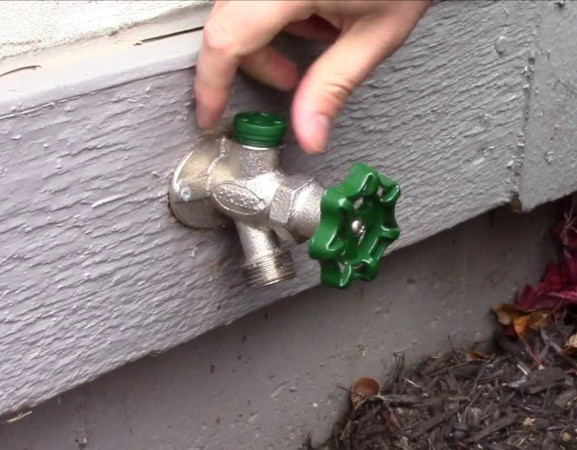How To Protect Your Water From Contaminants
Having a clean source of drinking water is vital for life, but it is something that most of us take for granted. We just turn on the tap, and clean, safe water is there for us to drink. While this is the way things should be, there is always the potential for water contamination. Whether it is harsh chemicals, pathogens or any other type of contamination, it can have a significant impact on the health and wellbeing of those who drink from the water supply.
When it comes to the municipal water supply, the water is treated and regularly tested to make sure it is safe. However, the water has to travel a long way through underground lines before it reaches the home. On its journey from the water supply to your faucet, there is the potential that it could be exposed to contamination. In this post, we are going to look at some of the options you have for protecting your water at home.

Filtration Containers
A filtration container is one option for cleaning water at home. With this, you take water from the tap and pour it into a container. Depending on the design, it may have a filter that works as you pour the water in, or it could have a filter system that works as the water pours into a glass. In general, these are the least effective option for cleaning your water. It will remove things like sediment and some of the heavier forms of contamination. If you simply want water that is a little cleaner and tastes better, this is a good option. However, if you have significant concerns about contamination, a pour-through filtration container is unlikely to provide the results you need.
Water Distillers
As another simple solution, you also have countertop water distillers. With these devices, you pour water into the machine and it heats the water until it turns to steam. As the water evaporates, it leaves behind contaminants like metals, minerals and anything that does not turn to vapor at that temperature. It then cools the steam to turn it back into liquid water. This is a good way of removing contaminants from water, but it also removes many of the positive minerals from your drinking water. Furthermore, you need to always remember to keep enough water distilled if you want to have clean drinking water on hand.
Sink Filtration Systems
You also have water filters that you can install to work on one sink. Some of these attach directly to the faucets, and there are others that install under the sink. Most of these water filters use screens and activated carbon to remove contaminants from the water. For most people who want safe, clean water, this type of filter should be enough. Beyond that, you also have reverse osmosis filters that can be installed under a sink.
Whole House Filtration Systems
Protecting your drinking water is one thing, but some people might want to protect the water at every outlet. For these situations, you would want to install a whole house filtration system. Just like with the under sink systems, you can find options that just use screens and activated carbon or you could go with a multistage reverse osmosis system. The choice really depends on your needs and the concerns you have regarding contamination.
Reverse osmosis systems are more effective at removing contamination. However, they waste a lot of water in the process of cleaning the water that is to be used. For most homes, a simple activated carbon filter system will provide the safe, clean water they need, and they won’t have to worry about all of the waste that comes with the reverse osmosis process.




